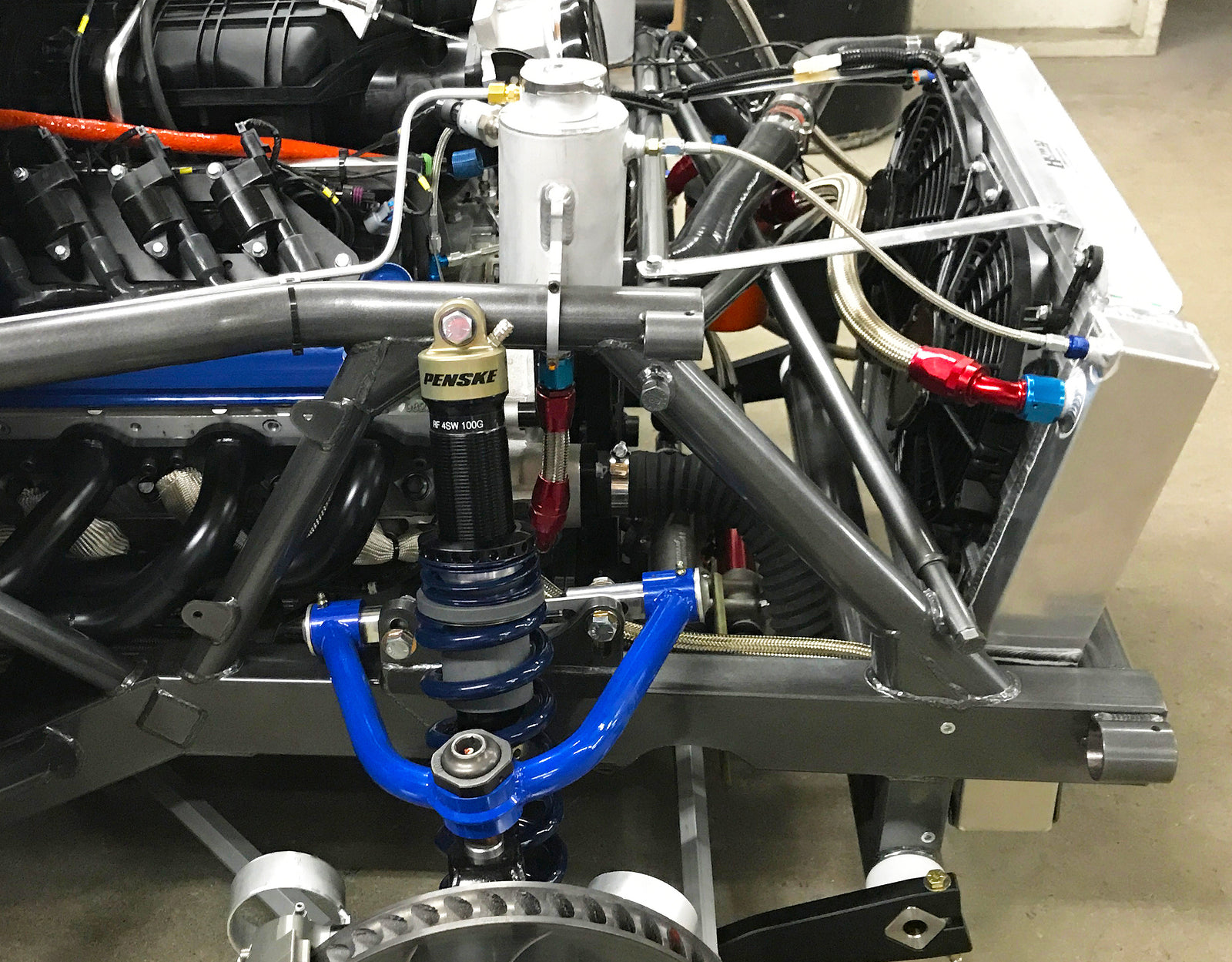Your Cart is Empty
Please call or email howesales@howeracing.com if you have issues placing international orders.
Please call or email howesales@howeracing.com if you have issues placing international orders.
When hot water passes through the radiator, the thermal conductivity of the radiator transmits the heat from the fluid to the air. When you have a single-pass radiator, the liquid cools with 100% of its area each pass. With a double-pass radiator, the liquid cools with half the radiator on the first pass and half on the second, but the second pass starts at a lower temperature, which amounts to less cooling than a single pass, about 2° at 200°. However, the double pass uses more of the radiator when there is an air space in the coolant giving the impression that it cools better when it may be due to a difference in the coolant level. The best reason to use a double-pass radiator over a single pass is not for efficiency but rather to locate the inlet and outlet on the same side for fitment. The key is to keep the system full of coolant.
Even if full at room temperature, the coolant will generate more air through cavitations and thermal expansion. Installing a coolant surge tank is the best way to remove the air from the system constantly. The surge tank captures air from the cavitated coolant and pulls the fluid back through the water pump. However, a surge tank and an overflow tank are not the same. An overflow tank captures the coolant, while the surge tank separates the coolant from the air and returns it to the system.

Air in the system can also cause damage. Air trapped in the block allows engine surfaces to overheat. When air pockets move, the coolant contacts hot spots, producing an instant steam volume and a pressure surge that can not vent to the cap without pushing out coolant, creating a pressure spike. Unless you have an expensive high-pressure system, the spike can cause the flat tubes of the typical radiator to bulge, crushing the fins and blocking off all airflow in the same way as a blown head gasket. Expensive high-pressure systems can tolerate higher temperatures without damage or pushing out water, but they do not cool better during regular operation. In most applications, it is hard to beat a properly installed cross-flow radiator with a surge tank.
